Duluth Schools of the 1890s
Courtesy of the New York Public Library and Google Books, detailed Duluth School Board annual reports from 125 years ago are available online to geek out on.
Links:
Report of the Board of Education of the City of Duluth, Minnesota (1891 to 1894)
Report of the Board of Education of the City of Duluth, Minnesota (1895 to 1901)
There is a wealth of information therein, and one could get seriously lost in the hundreds of pages. Condensed here is a list of Duluth schools from 1891, from a “School Boundaries” section, along with the descriptions of those schools, followed by notes about additional schools that sprang up later in the 1890s. The illustrations and photos are culled from various editions of the reports.
Central High School
Located on Second street, between Lake avenue and First avenue east. District includes all under jurisdiction of the Board of Education.
Washington School (not pictured in the reports)
Located on Third street and First avenue east. District includes that part of the city lying between First Avenue West and Sixth avenue east and below Fourth street.
Jefferson School
Located on Second street, between Ninth and Tenth avenues east. District includes that part of city lying between Sixth and Twelfth avenues east.
Endion School
Located on First street and Ohio avenue. District includes that part of city lying east of Twelfth avenue east.
East Duluth School (not pictured in the reports)
Located on Superior street at the eastern limit of the city.
Franklin School
Located on Seventh street and Fifth avenue east. District includes that part of the city lying between Second and Eighth avenues east, above Fourth street.
Jackson School
Located on Third street and Fifth avenue west. District includes that part of city lying between First and Eighth avenues west.
Emerson School (not pictured in the reports)
Located on Third street and Eleventh avenue west. District includes that part of the city lying between Eighth and Fourteenth avenues west.
Adams School
Located on Superior street between Seventeenth and Eighteenth avenues west. District includes that part of city lying between Thirteenth and Twentieth avenues west and north of Northern Pacific railroad track.
Madison School (not pictured in the reports)
Located on Garfield and Elm avenues. District includes that part of the city lying south of Northern Pacific Railroad.
Monroe School (not pictured in the reports)
Located on First street and Twenty-sixth avenue west. District includes that part of the city lying west of Twenty-third avenue and south of First street for children of First and Second grade. All other to attend Lincoln school.
Lincoln School
Located on Fourth street and Twenty-fifth avenue west. District includes that part of city lying west of Twentieth avenue west for all children above Second grade and all not included in the Monroe district.
Cleveland School (not pictured in the reports)
Located on St. Croix avenue and Buchanan street. District includes that part of city lying south of St. Paul and Duluth railroad and north of Minnesota Point canal. All scholars above Third grade attend Washington school.
Park Point School
Located on Lake avenue, Park Point. District includes that portion known as Park Point.
Oneota School
Located on Fourth street and Brook avenue, Oneota. District includes all that section lying between the westerly boundary of the City of Duluth and First avenue east and north of Fourth street north, in West Duluth.
Irving School
Located on Second avenue and First street north, in West Duluth. District includes all that portion of West Duluth lying between First avenue east, and that portion east of First avenue east not included in the Oneota district, and Sixth avenue west, south of the St. Paul & Duluth railway.
Longfellow School
Located corner of Norton avenue and Elinor street. District includes that portion of West Duluth lying between First avenue east and Bay View Heights Incline railway, north of the St. Paul & Duluth railway.
Fairmount School (not pictured in the reports)
Located on Fairmount avenue and Third street south. District includes all that portion of West Duluth lying west and south of the Bay View Heights incline railway and west of Sixth avenue west.
Bay View Heights School (not pictured in the reports)
District includes all territory comprised in Bay View Heights, extending north to the city limits.
Kenwood School (not pictured in the reports)
Located on Cleveland street, in Myers & Whipple’s addition. District includes territory lying in, and adjacent to, Myers & Whipple’s addition.
Poor Farm School (not pictured in the reports)
Located near the Poor Farm. District includes all adjacent territory within the city limits. (This school also went by the name Lexington. The 1895 report notes that “the closing of the Lexington School, located near the poor farm, has not given rise to any serious difficulties or deprived many children of their schooling.”
Smithville School (not pictured in the reports)
Located in the village of the same name.
* * *
Below are photos and notes of other schools built after 1891 that appeared in subsequent reports.
Bryant School
The 1894 report notes that “quite a number of the pupils now attending the Lincoln live in West Park and will attend the Bryant. It cannot be completed too soon, as the demands for more room are imperative.”
Glen Avon School
According to the 1892 report, architects Emmet Palmer and Lucien P. Hall furnished the plans for the four-room Glen Avon building.
Lakeside School
Opened in September 1893, replacing the previous three-room school.
Lowell School
The 1895 report notes that classes in Duluth Heights were held in a “dwelling belonging to the land company,” until the Lowell building was completed in January.
Webster School
On Sept. 1, 1897, the school board met at the new Webster School on St. Croix Avenue and “after inspecting the building, formally accepted it from the contractors.”
Lester Park School (not pictured in the reports)
The 1894 report notes this building is a four-room structure of wood, on a stone foundation.
New Duluth School (not pictured in the reports)
The 1894 report notes that “this school will come under the jurisdiction of the Board of Education of the City of Duluth on the 1st of January 1895, as it will then be under city limits.” The next year’s report refers to “New Duluth School (or Stowe).”
Colby School (not pictured in the reports)
Located about two miles from the Woodland School, Colby was a one-room school built to accommodate about 24 pupils. It was also referred to at times as “Colbyville” and is referred to in the 1895 report as “undoubtedly the smallest of our ungraded schools.”
London School (not pictured in the reports)
Not much is stated about the London School in the reports, other than brief mentions that imply it was being phased out.
Whittier School (not pictured in the reports)
Whittier School was on Minnesota Point. The 1894 report notes that “this six-room building is at present only partially occupied, three rooms being in use.
Woodland School (not pictured in the reports)
According to the 1892 report, architects Frederick G. German and John DeWaard furnished the plans for the Woodland School.
Oatka School (not pictured in the reports)
Almost nothing is stated about Oatka School beyond a note that “the Board decided to accede to the request of the residents of Oatka Beach and provide a teacher, together with the necessary books and supplies for a school at that place.”
Recommended Links:
Leave a Comment
Only registered members can post a comment , Login / Register Here


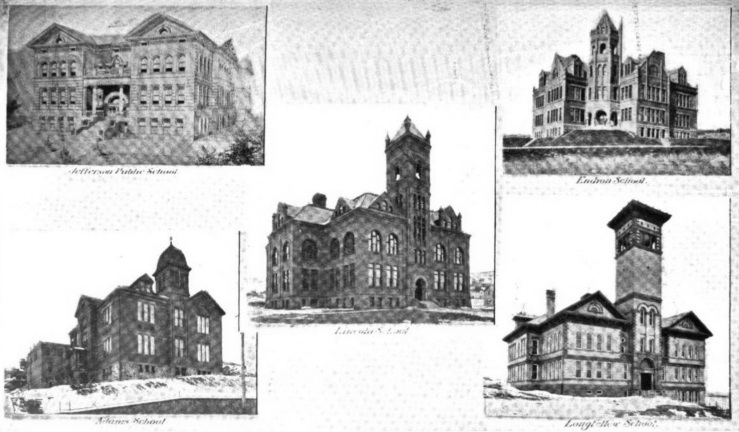
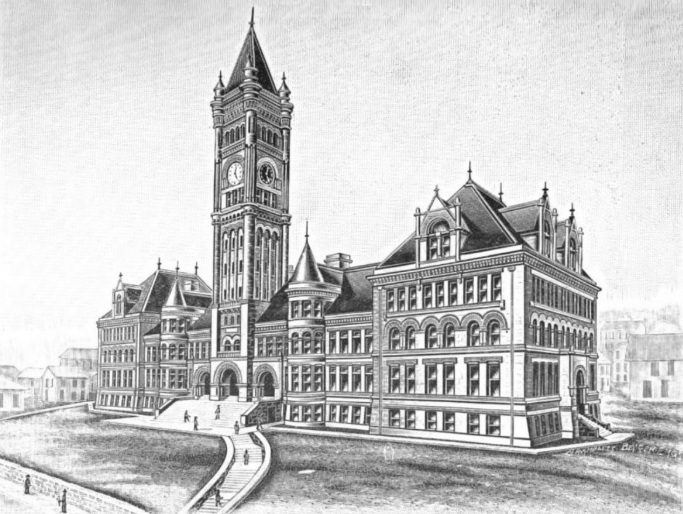
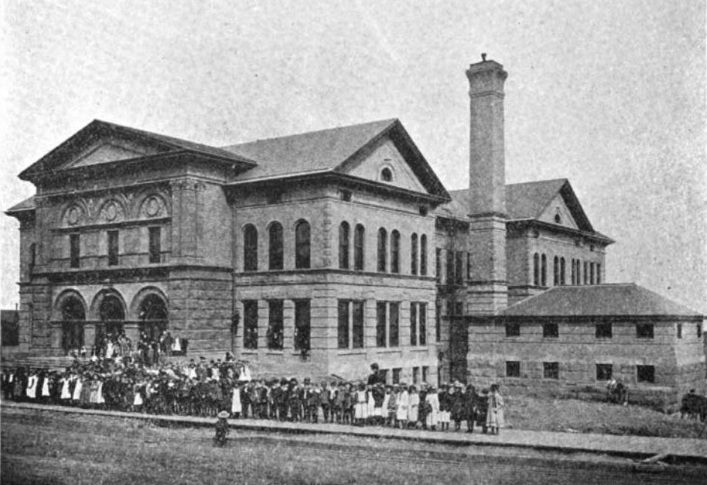
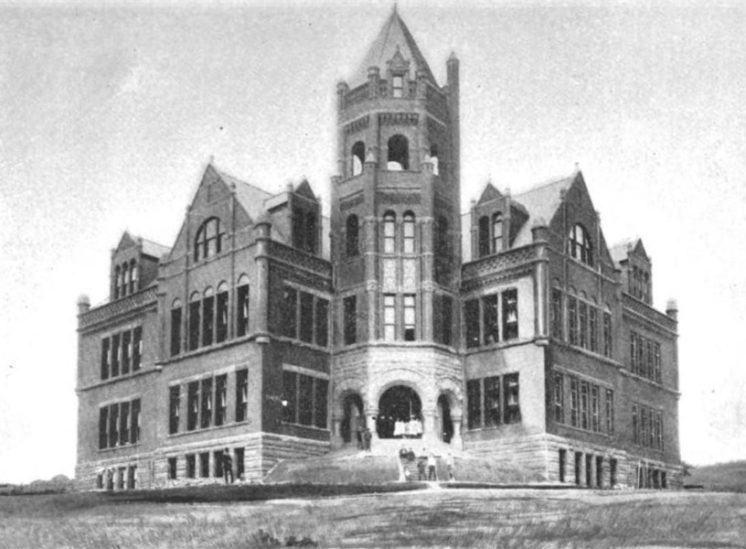
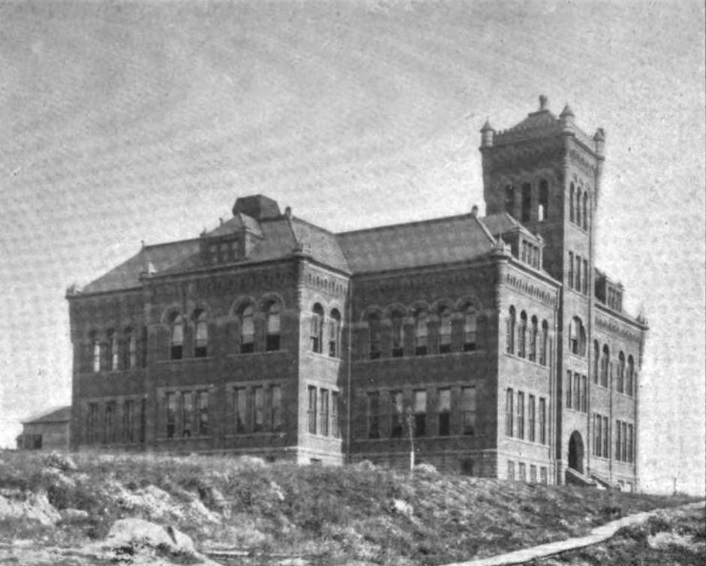
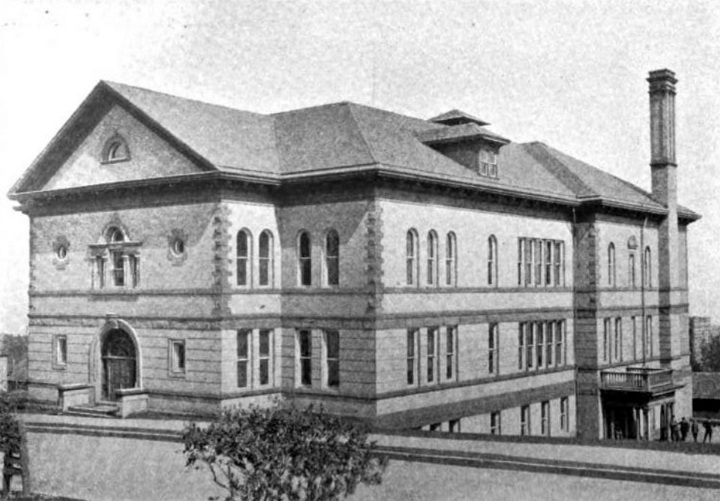
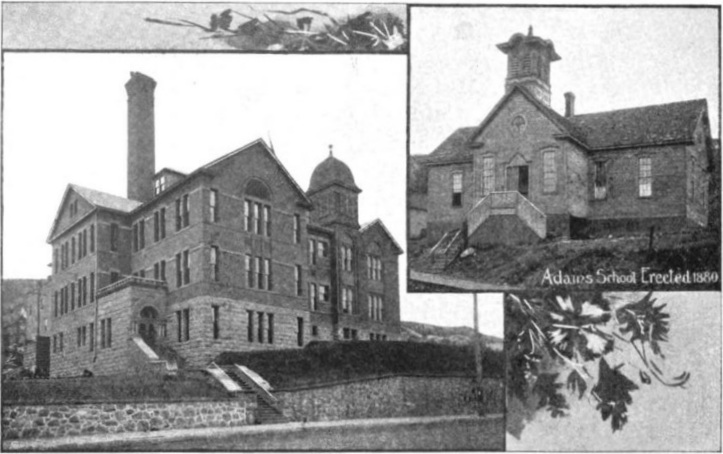
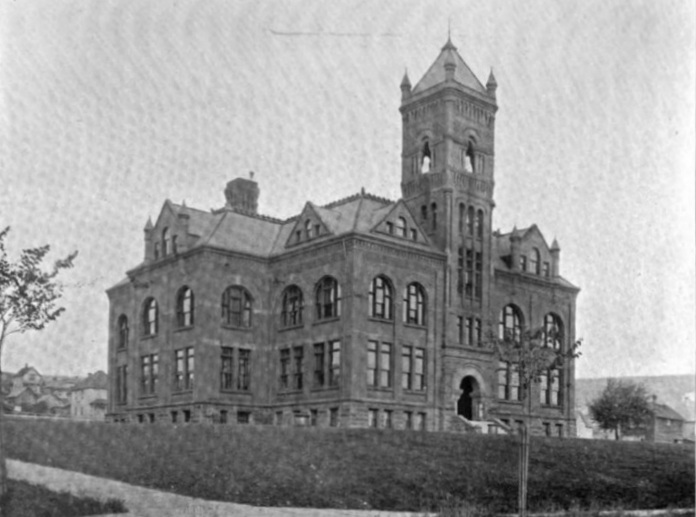


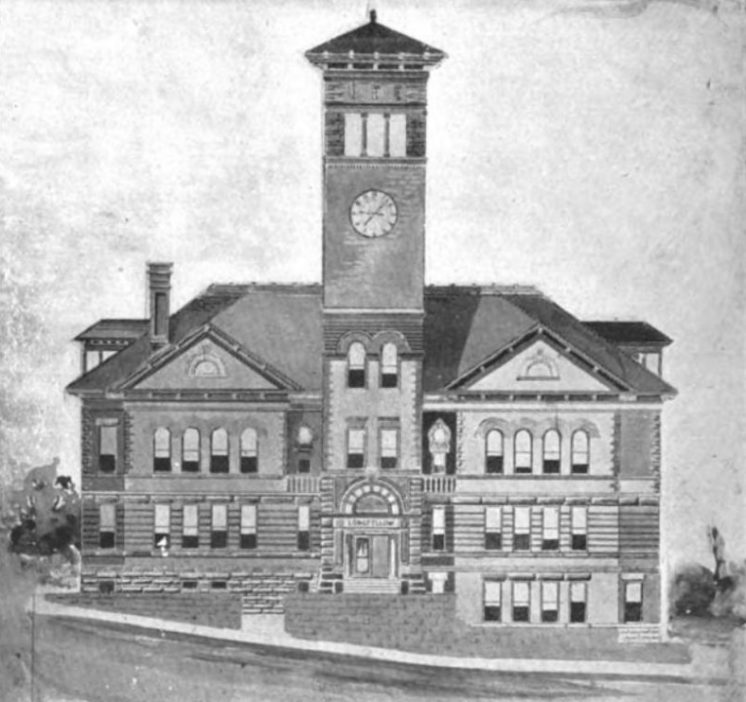
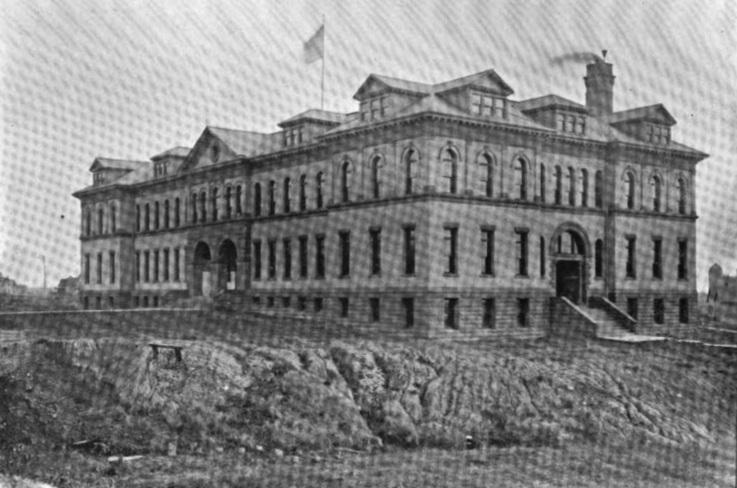
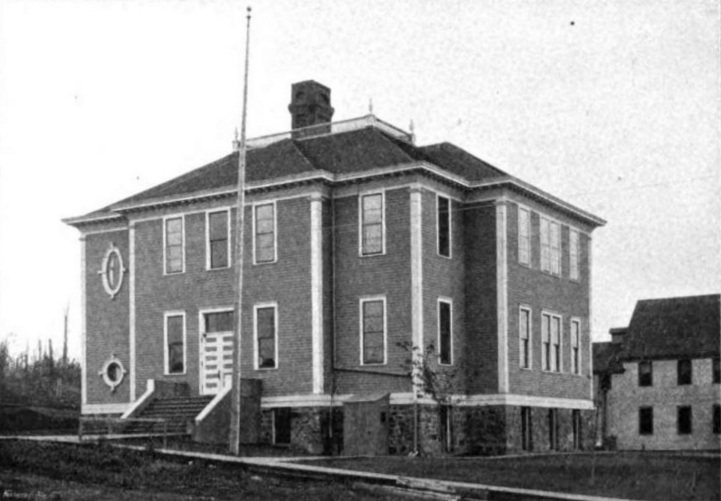
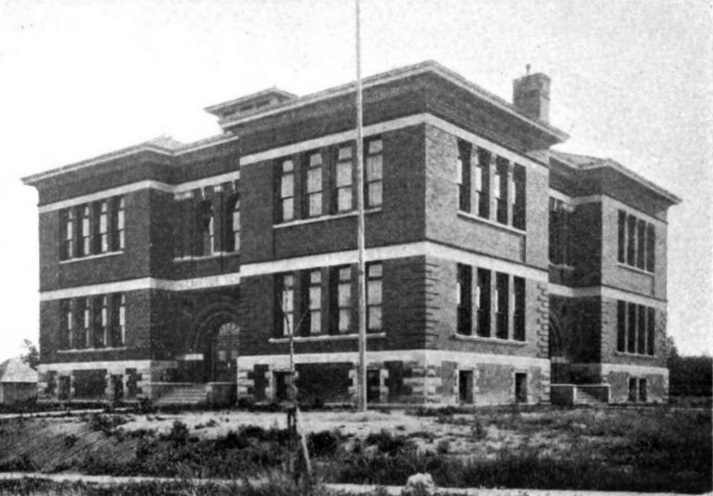

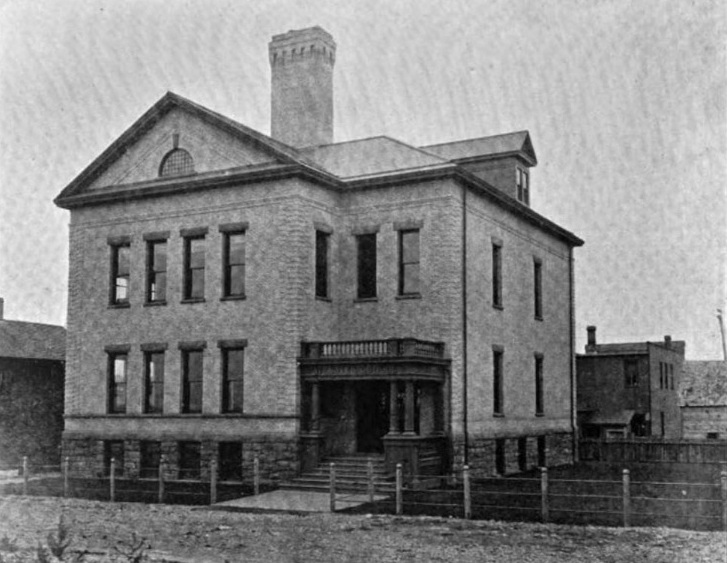

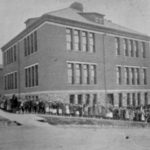
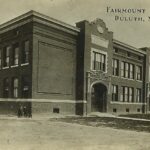
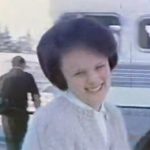








3 Comments
dachsiepal
about 5 years agoPaul Lundgren
about 5 years agoCharlene Haynes Barbknecht
about 5 years ago